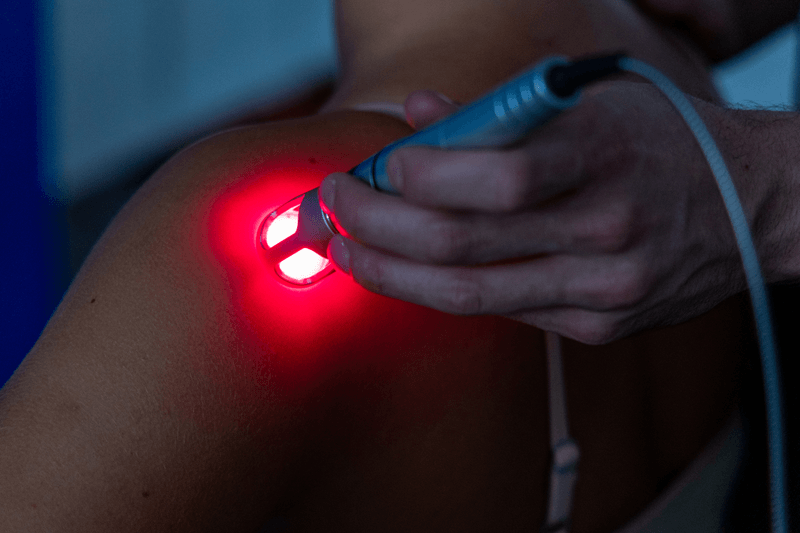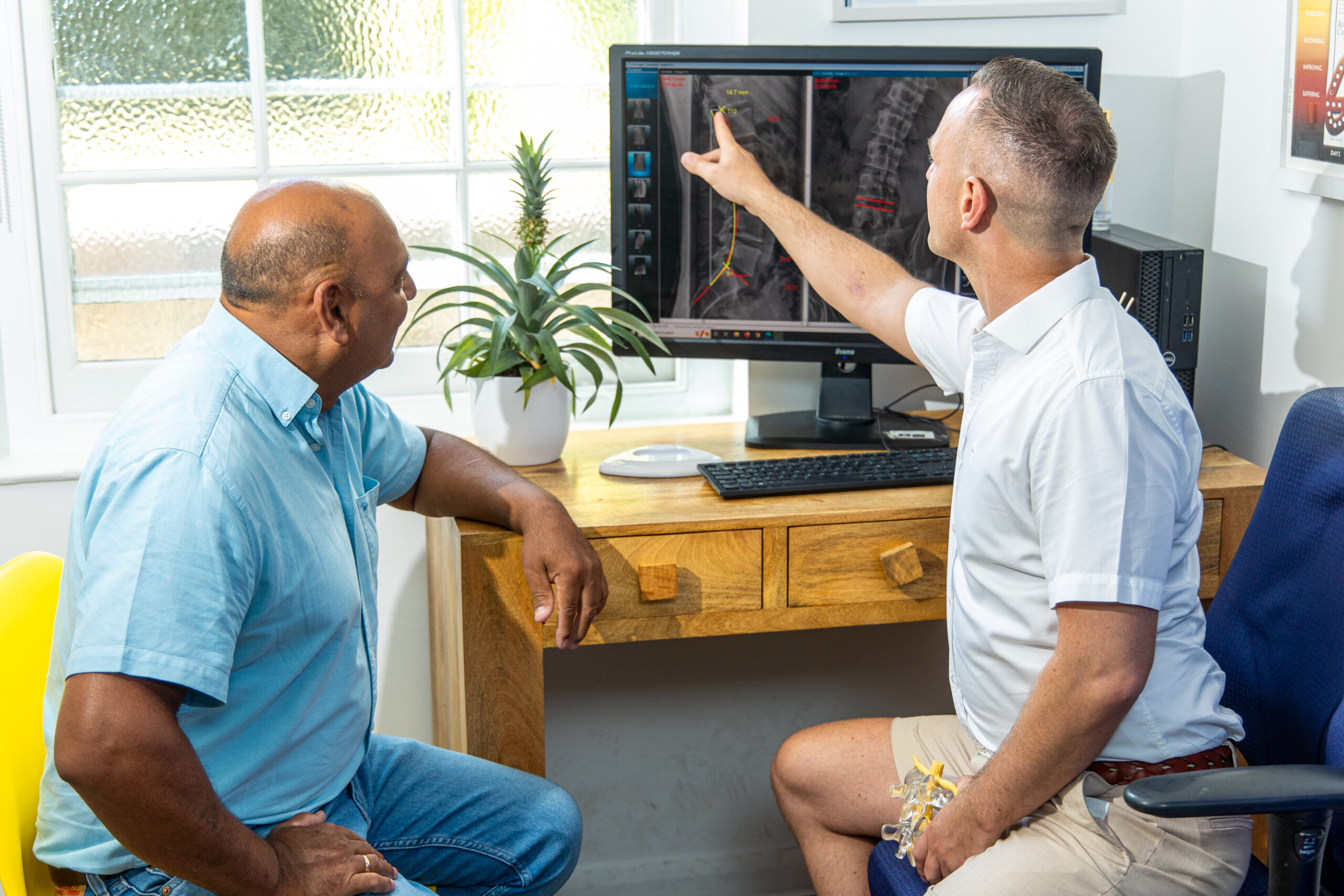FREE MRI REVIEW SERVICE
mRI SERVICES AT tHE DISC CHIROPRACTORS
Given that we are a clinic that specialises in disc injuries and trapped nerves, we see more than our fair share of MRIs. We offer a free service to get an all-important second opinion on existing MRIs and X-rays; and have links with local MRI facilities to get a scan performed within days if not hours!
MRIs offer a level of comfort and knowledge for a case but are not often necessary to begin treatment at the clinic.
Our expert clinician will be happy to provide a complimentary consultation through which they can determine whether X-rays will suffice or if we need to refer for an MRI.
Please note it is not possible to begin our revolutionary disc regeneration programs without relevant imaging.


Why wont my GP send me for an MRI?
MRIs once had the reputation for being the Holy Grail when it came to back pain diagnosis; this is a myth long since dispelled.
NHS management is making it difficult to get access to MRIs, as results are often misleading or misunderstood.
Spinal surgery has evolved, gone are the knife-happy days without due oversight; thankfully replaced with success tables and a more stringent selection of appropriate candidates.
This however has left a giant chasm in the back pain world of patients being told their MRIs are “normal” or “just wear and tear…” making them a poor candidate for surgery.
Don’t worry, there are still options available.
Do I need an MRI for back pain?
“In our opinion advanced imaging of the interverbal discs is often misleading or misunderstood as many significant findings are missed or not considered relevant by the medical bigwigs.
Likewise, people can be seduced by big juicy-looking disc injuries that don’t fit their pain patterns and end up being “red herrings.
For better or for worse, the relevancy of a patient’s findings, can only be determined by correlating MRI images with a thorough assessment & physical examination”
Dr David Brown DC
what else is causing my pain on an mri?
Commonly overlooked MRI findings!

Annular Tears

High Intensity Zones

Circumferential Tear

Broad Based Disc Bulge

Degenerative Disc Disease

Facet Arthrosis

Ligamentous Hypertrophy

Modic Changes
What is better for diagnosing back pain: MRI Vs x-ray
MRI Vs X-ray is an age old argument with pros and cons for either option. As chiropractors, we are highly trained in how to take, analyse and diagnose patients using X-rays. Our clinic has a fully-fledged digital X-ray system giving us instant access to imaging onsite.
Having been focused on disc injuries for so many years we have researched the latest techniques to get the most out of traditional X-ray technology. One of the biggest benefits of X-rays is that they can be taken standing (aka weight bearing), additionally, specialist shots can be taken with the patient adopting a specific posture to visualize movement between adjacent vertebrae.
For this reason, I would often prefer to have an X-ray over an MRI on the initial assessment, this clears a patient to begin care whilst we arrange MRI imaging, which is desirable if the patient is unsure of what path to take.
Due to the sheer volume of MRIs that come our way, our clinicians have become highly knowledgeable about the wealth of information that they can contain, much of it often overlooked by the medical profession. For this reason it is beyond important to obtain the images and not just the report on any existing MRIs.


MRI BACK PAIN – PRICE
Our clinic has local referral connections in both Kingston-upon-Thames & London Waterloo for fast MRI services.
We generally can get a consultation, imaging appointment and results all completed within a week.
The price for a single area MRI is currently £370.
Our clinic offers a free consultation and review service so you can rest assured that you get the most information as well as a comprehensive understanding of the findings.
what do the terms on my mri report mean?
MRI images and the terminology used in the reports are pretty alien to the average person, the following section breaks down some of the important terms used in your spinal MRI.
Annular Tears:
most “slipped” discs start small, micro tears to the inner portions of the disc can produce inflammation, pain and muscle spasms.
Circumferential Tears:
much like annular tears but instead of the inner portion the damage or fraying occurs in the outer portion of the disc.
Broad-Based Disc Bulge:
when the disc dehydrates, the back of the disc can sag or collapse outwards.
Reduced Disc Height:
a clear sign that the disc has dehydrated, the loss in height also means a loss in function.
High Intensity Zones (HIZ):
areas of inflammation seen on the MRI, highly indicative of pain generation.
Full-Thickness tear:
indicates the disc has fully herniated and is pushing out towards the nerves.
Degenerative Disc Disease:
the diagnosis most associated with the findings above.
Facet Arthrosis:
the enlargement and deterioration of the functional joints that sit behind the disc, often associated with long-term disc dysfunction.
Ligamentous Hypertrophy:
the spine is banded together by ligaments; these can stiffen and enlarge constricting the key space where nerves live.
Modic Changes:
density changes in the vertebral bodies on either side of the discs due to displacement of the bone marrow or fatty deposits. Strongly linked to pain.
Schmorl’s Node:
when the disc herniates vertically creating a fracture the bone above or below. Interestingly more likely to happen via trauma when compared to a standard herniation backwards

Does the size of my disc herniation matter?
Does size matter? Once we’ve concluded that a disc herniation is to blame for a patient’s symptoms… the question of how big the disc protruding is a natural step and MRIs are the defining technology at present. However, you might be surprised to know that size doesn’t always correlate to pain, and research shows that the bigger the disc protrusion the more likely it is to heal naturally.
The theory goes because there is so much damage the body is better able to react and clean up its mess.
Hence modern disc injury treatment protocols recommend that patients undergo mechanical treatment and rehabilitation programs before even considering advanced pain medication let alone surgical intervention.
